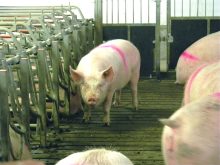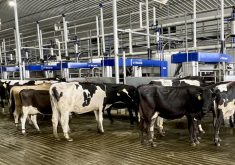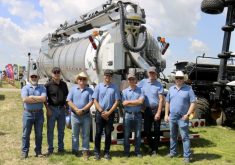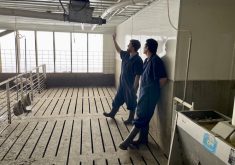Researchers at the University of Guelph are focusing on milking robots as they dive into ongoing studies of milk quality and dairy cow health.
Results of several studies on the effects of automated milking systems were presented at the Dairy at Guelph showcase held Nov. 2 at the university’s arboretum.
Why it matters: As automated milking systems become more common on Canadian dairy farms, the sector must understand how the management shift can affect established knowledge.
Read Also
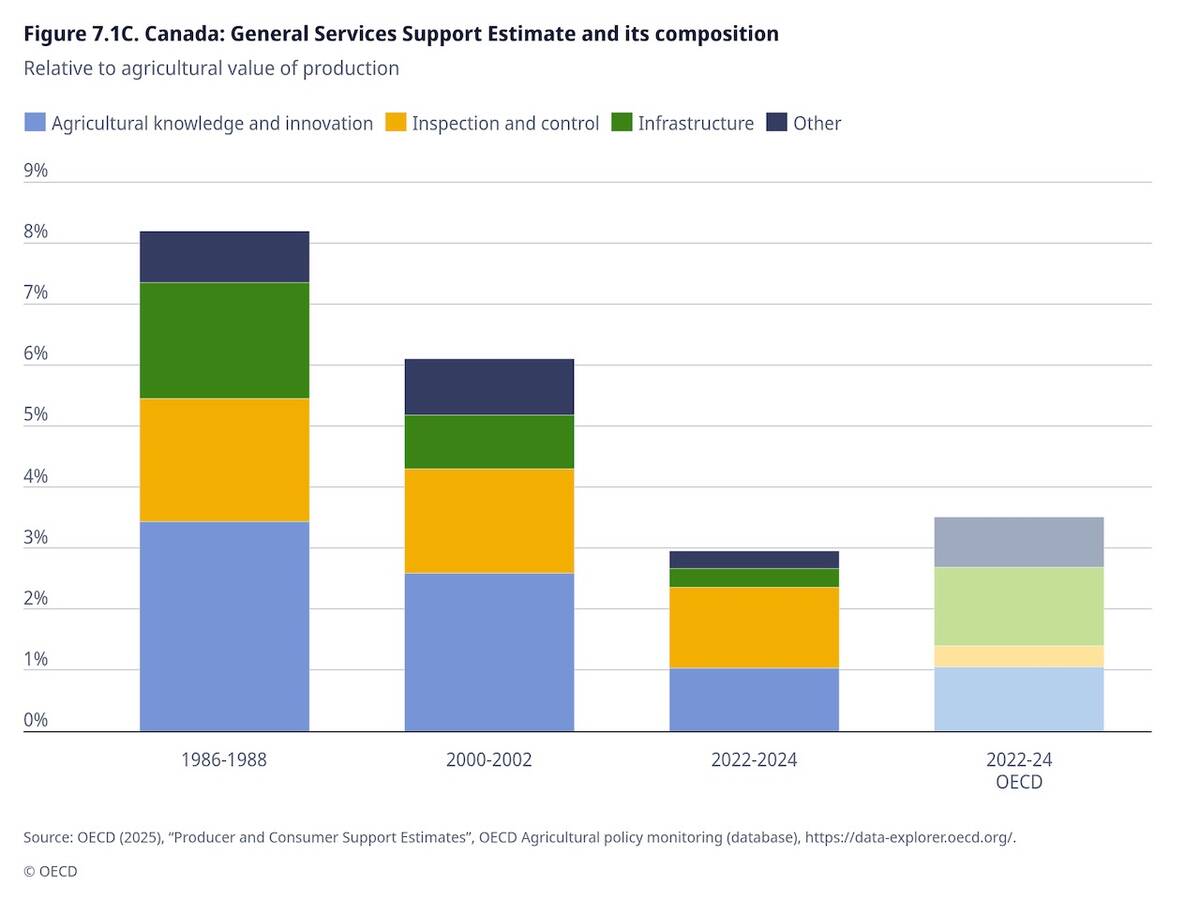
OECD lauds Canada’s low farm subsidies, criticizes supply management
The Organization for Economic Co-operation and Development lauded Canada’s low farm subsidies, criticized supply management in its global survey of farm support programs.
Doctoral candidate Brandon Van Soest is studying factors that cause greater prevalence of subclinical ketosis on farms that use automated systems. Working with Dr. Trevor DeVries in the animal biosciences department, Van Soest used a management practice survey and an analysis of disease incidence data from 184 Canadian farms to begin his study but the work is preliminary and no recommendations are available yet.
Doctoral candidate Catalina Wagemann-Fluxa was among students with posters on display at the event. Her study tackles “association of dry period housing and management practices with early-lactation udder health in automated milking herds.”
[RELATED] Automated milk production can be optimized with tech and management
Through a survey and analysis of data from 166 Canadian farms (69 in Ontario) with automated milking systems, between 2018 and 2020, Wagemann-Fluxa tracked somatic cell counts (SCC) on the final test day before dry-off and the first test day after freshening for just over 14,000 cows. Preliminary results led to recommendations for dry-cow treatment, housing and management.
Factors contributing to a higher SCC on first test day included not separating cows from the main herd prior to dry-off, not using blanket dry-off treatment and not keeping cows in a single group through the dry period.
Farms that moved cows directly into the robot stream after calving also saw higher SCCs at the first test. Those that housed dry cows in a combined pack and stall environment fared better than those using a pack-only system.
Doctoral candidate Hannah Woodhouse reported on her work on free fatty acids in milk, based on bulk tank samples from 300 farms across Ontario and British Columbia.
She said her analysis resulted from dairy groups’ concerns about the possible effect of elevated free fatty acids on the taste, shelf life and frothability of milk.
As a result of preliminary findings from a smaller number of farms, Kelton and Woodhouse gained mainstream media attention in 2020 when they discussed why it’s sometimes difficult for baristas to make milk frothy for cappuccinos.
[RELATED] Does your milker need a robot room or not?
That work pinpointed lesser-diameter pipelines for creating more turbulence in the milk between the cow and cooler, and cooling systems without pre-cooling capacity that require longer agitation periods. Both factors were shown to increase the incidence of lipolysis – the undesired breakdown of glycerine – potentially causing free fatty acid levels above the ideal 0.1 per cent of milk fat molecules.
Dairy Farmers of Ontario started testing free fatty acid levels in 2018 and the average is around 0.84. Woodhouse said the sensory threshold is about 1.2 and there are many farms at that level. Her research goal is to identify the risk factors for high percentages.
In the new, larger analysis, no farms with parlour milking systems had high levels of free fatty acids but Woodhouse said it’s not specifically a parlour issue. Precooling again proved effective thanks to the decrease in agitation time. Three other factors are milking frequency, supplemental fat in the ration and poor milk filter management.
Citing a correlation between higher milking frequency and high free fatty acids, Woodhouse said farms with high levels could consider limiting the number of visits to the robot for late lactation cows. Equalizing milking intervals may also be effective.
[RELATED] Parlour versus robot financials prove systems are surprisingly similar
Supplemental fat use, which appears to contribute to higher free fatty acid levels, was somewhat higher in the B.C. farms in her study.
“That being said, fat supplements are an important tool in tackling negative energy balance in cows but I still think there’s a discussion we need to have.”
Woodhouse’s recommendation is less than 300 grams per cow per day of supplemental fat for farms with high free fatty acid levels.
Infrequent milk filter changes or using poor-quality filters both increase risk of higher free fatty acid levels. In her study, farms ranged from changing the filter every other day to changing it six times per day.






